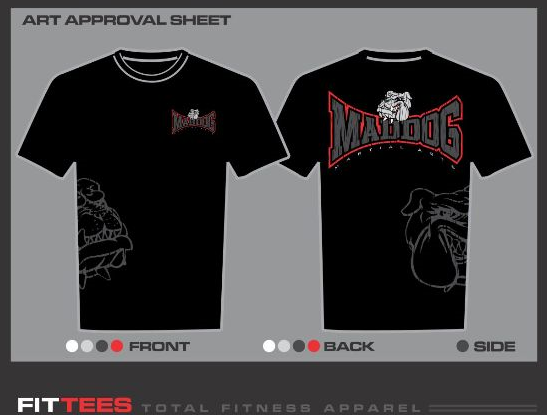A FRIEND OF MINE who is also a T-shirt artist was telling me about his horrible roster of clients. They would send him design concepts with the common instruction, “Just do something cool!” Inevitably he would go through a dozen design changes and then they would end up picking the original design he started with. He would moan, “I just can’t do this with these clients anymore. The revisions are just killing me. I can’t take in new work, and they are so insanely picky about everything!”
I told him I could certainly sympathize. Sometimes you have to do what you can to keep those customers happy. But… “But what?” he asked.
But, we may not be able to control our customers. We especially can’t control how picky they are. The truth is often the picky customers end up being the best customers because, in a nutshell, they care about the artwork.
Still, that doesn’t make them easier to deal with on a daily basis. I created a short list to help my friend with his revision problems. These are simple strategies and ideas I’ve used over the years to ease some of the challenges with super picky customers who can’t make a decision.
1. Create and send a revised art policy. This policy will be worded so that it sounds like it’s all about making your customers happy. Something like, “In an effort to give you the best service and create the best designs for you…” Near the front of this policy, you will clearly state that each design includes two revisions. It will indicate these are minor alterations, not complete overhauls. Any complete overhaul will create a new expense. Although this isn’t always something you can follow 100 percent, it will at least be something you can point to and stand behind when customers get testy about charges. The goal is to let them know everything isn’t a free-for-all with revisions.
Advertisement
2. Name and number all designs so the customer is aware of the total number of changes. Even if you don’t bill aggressively, it will be hard for them to not be ignorant of their own fickleness when
they’re aware of changes every time a new file is sent with “version #” in the file name. It may even cause them to wrap it up quicker out of self-consciousness.
3. For some clients you may want to bite the bullet and have them over your shoulder. This one is a big “if” assuming you’re comfortable and your client is okay with watching the process. Doing this with select clients can save enormous amounts of back and forth emails. The type of client this works well with is visually-oriented who also likes to have their “stamp” on the artwork. If they aren’t local you can setup a screen share on your computer.
4. As a fundamental rule, when you send out a design for an art approval try to show the design on the actual garment ordered in the right approximate size and color. Although this takes extra time it can save a lot of emails and calls back and forth to cover these basic details.

5. Provide your nit-picky clients with design examples from a gallery as well as fonts and some other resources if they’re interested. This way you can herd some of the choices up front instead of waiting until you produce comps for them. If you have a membership to an online site that has clip art (like freepik.com) you can sometimes use this to get them started instead of beginning with your own designs.
Advertisement

 Case Studies2 months ago
Case Studies2 months ago
 Art, Ad, or Alchemy2 months ago
Art, Ad, or Alchemy2 months ago
 Andy MacDougall2 months ago
Andy MacDougall2 months ago
 Columns3 weeks ago
Columns3 weeks ago
 Editor's Note3 weeks ago
Editor's Note3 weeks ago
 Marshall Atkinson3 weeks ago
Marshall Atkinson3 weeks ago
 Thomas Trimingham2 months ago
Thomas Trimingham2 months ago
 News & Trends2 months ago
News & Trends2 months ago

















